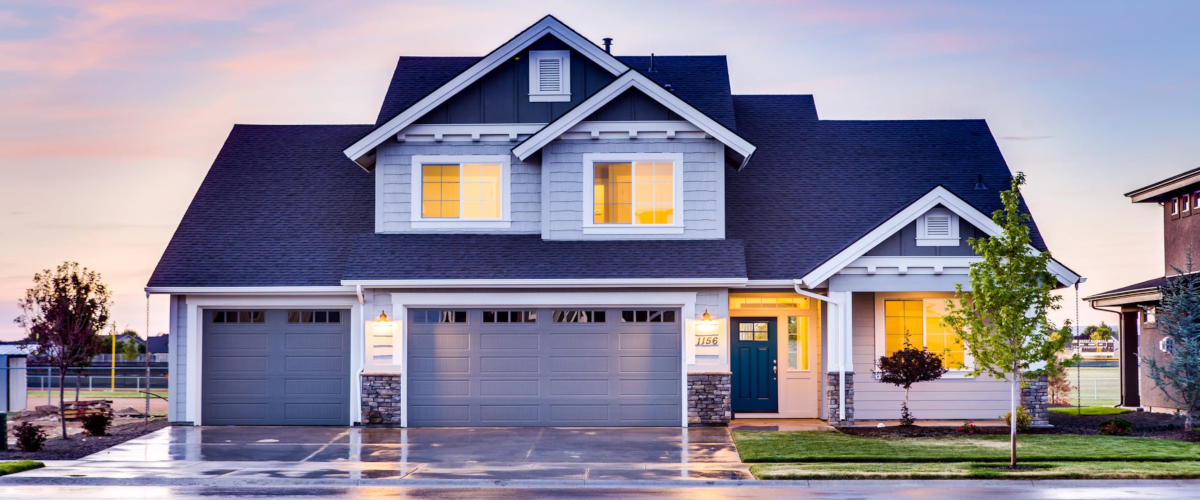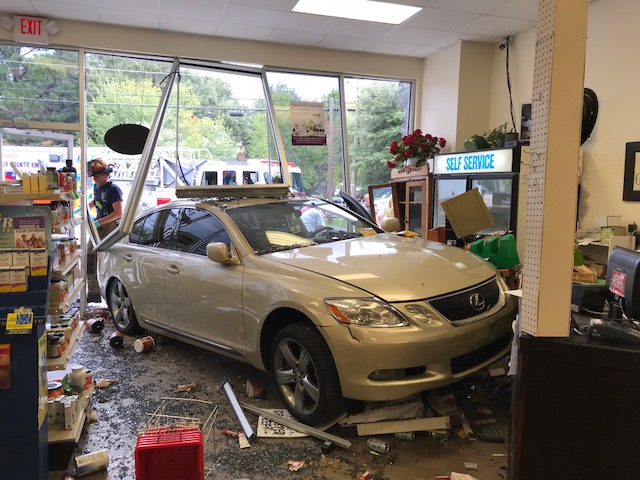Should your home insurance policy match the market value?
Home values are dynamic and can change drastically and rapidly depending on market conditions. At the time of this article, inventory is way down and construction costs are high, so home values are steadily climbing. However- these things do change. It hasn’t always been this way and, at some point, the pendulum will swing. Hopefully it won’t be a 2008 swing…but nothing in the market goes up on a straight line to infinity.
Regardless of how the market values line up, the impact on your homeowners insurance amount is always something to consider- no matter the market conditions. In a down market, the replacement amount suggested by insurance companies might be higher than the market value if you compare it to what your home would sell for. In a stronger market (like today), the market value of your home might be higher than what the insurance companies estimate it should take to rebuild the home in the same spot.
Understanding the dynamic between your home insurance amount and the market value is helpful, so you don’t confuse the two. They aren’t the same at all. In fact, realizing that they are completely different is important in order to make a good decision about your home policy. If you chase coverage based on your market value, you are very likely to be over-insured, under-insured, or frustrated with your home insurance company because the numbers don’t match. They won’t…and they rarely should.
Why are home insurance values different than market values?
Most home insurance policies are based on replacement cost. However- that replacement cost isn’t determined by what it would take to buy a similar house. The dwelling amount is based on what it would take to literally replace (ie. rebuild) the exact same house in the exact same spot.
There are always variations between new construction cost and existing home costs, but there are some additional differences when it comes to estimating the cost to rebuild a home on the same lot. For one thing, the cost of the lot itself is not a factor. When you buy a home, you are paying for the whole property, including the land it sits on. When you rebuild a home, the cost of the land is irrelevant because you already own it.
Another difference is the demo and debris removal. Insurance companies have to account for this cost as part of any catastrophe claim that would require a full or partial rebuild. Remediating fire or water damage is not the same as building a new house from the ground up. The cost per square foot actually increases significantly if it is a large loss- but not a total loss. For a total loss, they can take the house down to the foundation and start over. For a partial loss, they have to carefully remove the portion damaged by the elements and then rebuild it in a way that is consistent with the remaining undamaged portion of the home.
Why do different insurance companies place a different value on the reconstruction cost?
For starters, it’s worth noting that most insurance companies do start with the same basic valuation software. It’s a program called Marshall & Swift/Boeckh (or ‘MSB’, as agents call it). Almost every insurance company has a version of it built into their application system. However, just because it’s the same program doesn’t mean you get the same results. Companies frequently manipulate the values in their version up or down based on their own experience with construction costs in certain territories. This has a direct impact on premiums since you are required to use the amount determined by the software if you want to have replacement cost coverage.
The information put into the program about your home also affects the estimated replacement cost for your home. The agent doesn’t know exactly how much the counter-tops and cabinets in your kitchen cost- so they choose from a generic list of options like Basic, Builders Grade, Semi-Custom, or Custom. There is also no way to account for the exact type and amount of trim work on doors, windows, and crown molding. High value homes ($750k+) may actually be physically inspected by the insurance company since these variations can make such a huge difference in the reconstruction cost.
How can I be confident I have the proper dwelling limit on my home insurance?
Most standard home insurance policies include replacement cost language, and there is also a buffer built in. The standard amount is 125%, so if your dwelling amount is $300k, you actually have $375k in coverage. Enhanced policies (such as the HE-7 in North Carolina) actually have even higher safety buffers. 150% is very common, but a handful of companies have an unlimited replacement cost guarantee. This is the best coverage you can get and makes it literally impossible to be under-insured. If a catastrophe struck your area and the demand for labor doubled the construction cost- there would be no limit to what the policy would pay.
Ultimately, your agent is in the best position to advise you concerning the replacement costs from different carriers and the level of replacement cost that you need while getting the best possible premium.








